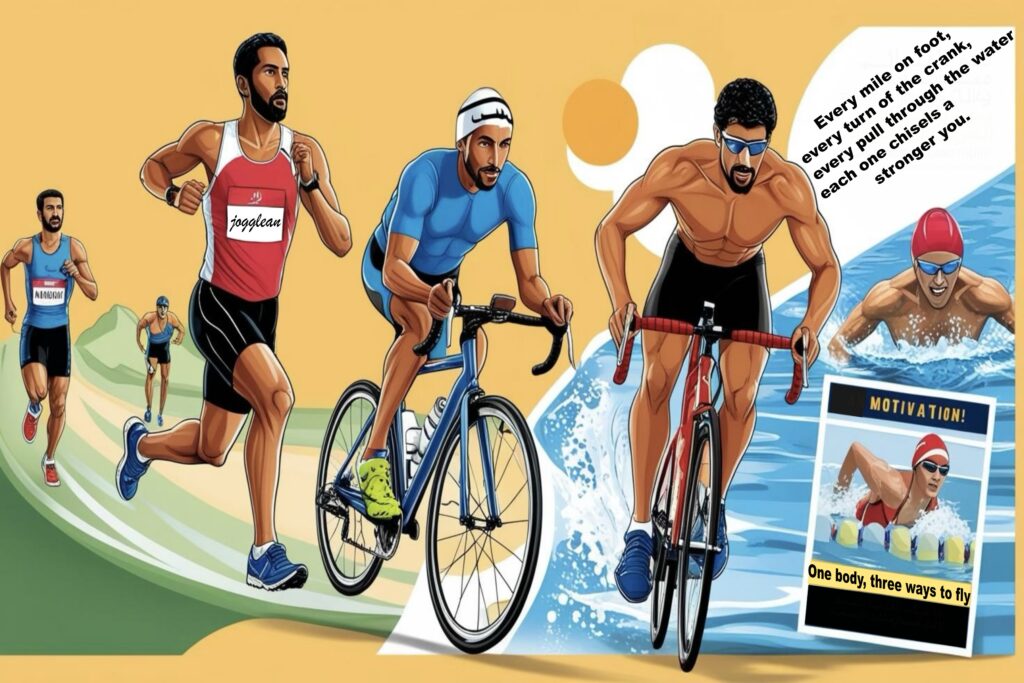Building Confidence and Skill on Two Wheels:
A Cyclist’s Guide to Progress
Learning to ride a bicycle is a milestone, but continuing to grow in skill and confidence on two wheels is a journey. Whether you’re returning to cycling as an adult or looking to move beyond the basics, this guide will help you gain more control, ride more confidently, and enjoy your time on the bike even more.
Start Where You Are
The most important step is acknowledging your current skill level and being kind to yourself. Many riders feel embarrassed about what they “should” already know. Forget that. Whether you’re still wobbly on turns or afraid to ride in traffic, every step you take is a step forward.
Step 1: Practice the Fundamentals—Again
Even if you can already ride, it’s worth going back to basics. Find a safe, open space like an empty parking lot or a quiet park path. Practice:
- Balancing at slow speeds
- Controlled braking with both brakes
- Smooth starts and stops
- Looking over your shoulder while riding straight
These exercises help build muscle memory, and they boost your confidence as your control improves.
Step 2: Master the Art of Turning
Turning is one area where many cyclists feel unstable. Start by practicing gentle turns at low speeds. As you get comfortable, work on sharper turns, keeping your outside pedal down and pressing slightly into it to stay balanced. Look where you want to go—not at the ground or obstacles.
A helpful drill is to set up cones or markers and weave through them at your own pace. This teaches bike handling and makes turning feel second nature.
Step 3: Shift Your Mindset Around Fear
Fear is normal, especially if you’ve had a fall or close call. But confidence doesn’t come from waiting until you’re no longer afraid—it comes from taking action despite the fear.
One way to work through it is to ride regularly in low-stress environments and slowly increase the challenge. Use positive self-talk and visualization to picture yourself riding calmly and skillfully. Progress comes in layers—give yourself time.
Step 4: Understand and Use Your Gears
Many new riders ignore gears or find them confusing. But learning to use them properly will make your ride smoother and more enjoyable.
Practice shifting on flat roads first. Learn how your bike responds and get used to anticipating changes in terrain. Shift before a hill, not during. And don’t worry—every rider mis-shifts now and then. It’s all part of learning.
Step 5: Ride in Real-World Situations
Once you feel stable and in control, start venturing beyond parks and trails. Begin with quiet neighborhood streets before tackling busier roads. Obey traffic laws, use hand signals, and make your movements predictable to others.
Wearing bright clothing and having front and rear lights (even during the day) can help you feel more visible and safe. Consider riding with a friend or joining a local group ride. Community can ease nerves and make learning more fun.
Step 6: Set Small, Achievable Goals
Confidence grows with progress. Set small goals such as:
- Riding to a local store or coffee shop
- Completing a 5-mile loop without stopping
- Climbing your first hill
Celebrate each win, no matter how small. Over time, those small steps will lead to big leaps in both skill and confidence.
Step 7: Stay Consistent
Like any skill, cycling improves with practice. Try to ride at least two to three times a week, even if only for 20 minutes. Consistency keeps your progress from fading and builds a foundation for more advanced skills later.
Final Thoughts: You’re a Cyclist Now
There’s no one definition of a “real” cyclist. If you ride a bike—whether it’s around your block or across your city—you belong. Every ride you take helps build not just your skill, but your sense of freedom and confidence.
Be patient. Be persistent. And most importantly, enjoy the ride.





Leave a Comment